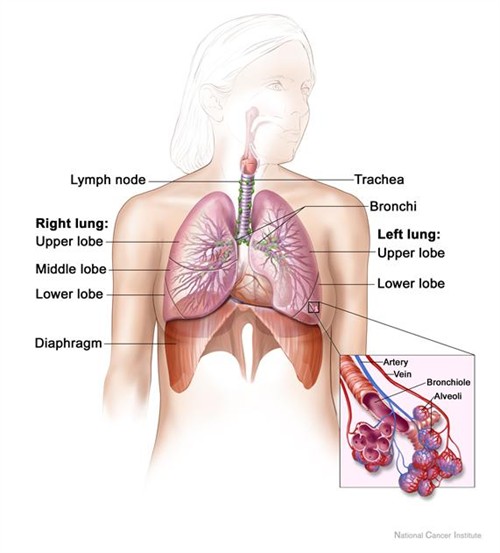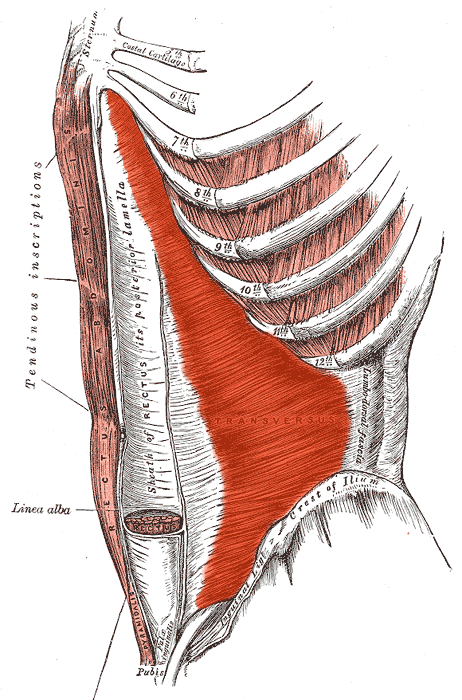What can Rolfing do for Breathing?
What can Rolfing do for shallow breath or other breathing issues?
A huge problem for a surprising number of people is just simply not breathing enough. This may not make sense when you first hear it, since breathing is supposed to be automatic, right? That’s correct, but our normal breathing rates generally don’t take in enough oxygen to fully optimize your energy levels. In fact, it’s estimated that most people only breathe at about 1/7th of their actual capacity. Complicating this are things like poor posture, sicknesses like colds, coughs, or pneumonia, which can literally lock down the ribcage, and/or a general lack of awareness of one’s own breathing.
Let’s take a look at how we can get back to the maximum potential for your breathing, and therefore your energy level.

What causes breathing issues?
Poor Posture
The most common issue with breathing is generally poor posture. If you work at a desk most of the day, or just aren’t mindful of the position of your ribcage throughout the day, the ribcage can begin to essentially deflate. This causes the bottom part of the ribcage to be pushed or weighed down. Unfortunately this is exactly where the main breathing mechanism in your body is located.
 The diaphragm is a muscle just like any other - it reacts to the forces put upon it and the outcome you desire from it. So as you can imagine, if the diaphragm is pushed down due to poor posture, it will have a harder time functioning properly, and may literally not be able to move through its full range of motion. Over time, this can create a pattern where, even if you are able to breathe fully, the diaphragm may not expand or contract fully simply because it’s not used to expanding or contracting fully.
The diaphragm is a muscle just like any other - it reacts to the forces put upon it and the outcome you desire from it. So as you can imagine, if the diaphragm is pushed down due to poor posture, it will have a harder time functioning properly, and may literally not be able to move through its full range of motion. Over time, this can create a pattern where, even if you are able to breathe fully, the diaphragm may not expand or contract fully simply because it’s not used to expanding or contracting fully.
Illnesses
The other large issue that can cause breathing restrictions are certain illnesses like the common cold, coughs, respiratory infections, pneumonia, etc. As you’ve probably experienced, when you’re sick it’s simply hard to breathe. However, generally, once you recover your breathing will return to normal.
However, in some instances, the natural healing mechanism in the body can work against you by literally locking down your ribcage. When you are sick and coughing for an extended amount of time, the body will signal for extra tissue to grow around and in between the ribs as a protective mechanism. This is generally a good thing in other parts of the body, as it allows extra protection while that part of the body heals. The problem, however, is what happens after you’ve recovered: the tissue just stays there, keeping the ribs stuck together and limiting the amount the ribcage can expand.
-What do we work on during a Rolfing session or series?
The solution to both of these issues - poor posture and tissue restrictions in the ribcage - is to work directly on the ribs and on surrounding areas to help free up the tissues that may be influencing the ribcage.

This is done through direct work in between the ribs, various styles of compression to influence where the breath is able to expand, and client education so that you know exactly what it feels like to breathe fully. Most people’s ribs respond very quickly to this sort of work. The body really wants to be able to breathe, even if the mind doesn’t know it!
In the structure of the 10-series, this is actually the first thing we work on whether you’ve had specific issues here or not. Almost everyone (except perhaps the more advanced yogis or opera singers out there) can benefit from a more expansive and more responsive ribcage. Beyond that, the ribcage is hugely important for how the upper body responds to the lower body.
Think about it this way: the arms and shoulder blades are not actually connected through bones to the rest of the body - they’re what we call a free-floating structure, meaning they simply rest on top of the ribcage and are attached via muscles and other soft tissue. Therefore, if the ribcage (the arms and shoulders’ base of support) is not in proper form, how can you expect the rest of the upper body to be? By this logic, the ribcage serves as a great place to start for overall body balance.
-What do I do after Rolfing?
The most important thing to do after doing a Rolfing session on the ribs is to simply remember to breathe. Breathing fully throughout the day is enough to maintain the expansiveness in the ribs, and can also greatly improve your energy levels. There are also a few specific breathing exercises which I’m a huge fan of that I’ll show you which can help the body in all sorts of other ways - influencing immune response, improving energy levels, improving cold tolerance, improving alertness - all sorts of strange things that you wouldn’t think the breath would influence so strongly.
In a few cases that involve more seriously locked-down ribs - scoliosis, extended pneumonia or other sicknesses, etc. - you may require a few follow-up appointments or regular work in this area. However, as I said above, most people respond quite quickly to work in this area. You’ll most likely walk out of the office feeling alert and energetic, if not a bit dizzy from being able to breathe so well.
As always, if you have any specific questions about your issues, feel free to contact me or schedule a free consultation to discuss your situation.
Also, a simple disclaimer: Every body is different. As a Rolfer, I work to help people based on their individual needs. There is almost never a one-size-fits-all technique when it comes to balancing the body. As such, what is said here is very generalized, and is meant to give you a better understanding of what is going on rather than diagnose or treat any specific ailment.